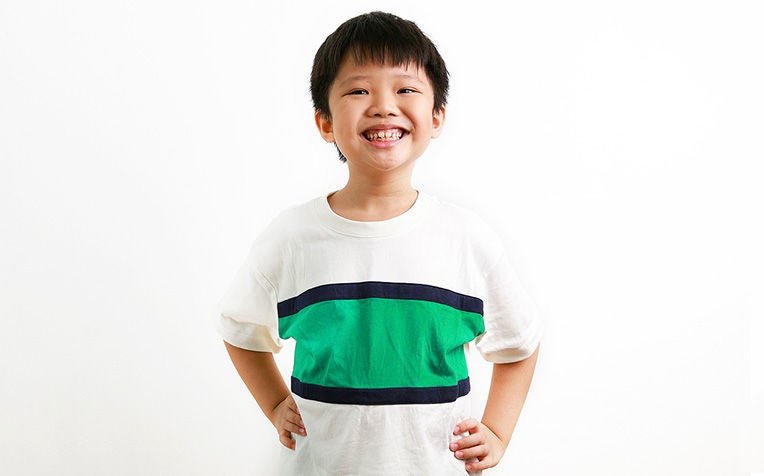
Lower limb strengthening exercises help to maintain and improve functional strength in the core muscles and lower limb joints. It also assists with overall circulation and encourages functional mobility.
Strengthening exercises are important to maintain and improve functional strength in the core muscles and the lower limb joints. It also assists with overall circulation and encourages functional mobility.
Safety precautions when exercising
Ensure that you had been taught the recommended exercises by a physiotherapist before carrying them out.
Ensure the child is near a supporting surface or an attentive adult during exercises especially balance activities.
Observe for signs of pain or discomfort – if pain occurs, stop and check in with your physiotherapist before continuing further.
Your exercise regime
![]() Repeat exercises
as recommended by your physiotherapist – check in with your therapist on the recommended number of sets per day
Repeat exercises
as recommended by your physiotherapist – check in with your therapist on the recommended number of sets per day
![]() Ensure adequate rest and hydration between sets
Ensure adequate rest and hydration between sets
Hip (independent) exercises
Bridging Aim: To strengthen your hip muscles Instructions: Position yourself lying on your back with your knees bent. Tighten the muscles in your bottom and lift your bottom off the bed. Hold for 15 seconds for 10 repetitions | /bridging.jpg) |
Resisted hip extension with theraband Aim: To strengthen the muscles in your buttocks. Instructions: Position yourself facing the structure anchoring the theraband. Start with your feet together. Bring your foot backwards whilst keeping your knee straight and your body upright. Return to the starting position slowly. Do 20 repetitions | /resisted-hip-extension-with%20theraband-1.jpg) |
Resisted hip abduction with theraband Aim: To strengthen the muscles on the side of your hip. Instructions: Position yourself side on to the structure anchoring the theraband. Start with your feet together. Take your foot to the side. Ensure that you keep your body upright, knee straight and toes pointing forward. Return to the starting position slowly. Do 20 repetitions | /resisted-hip-abduction-with-theraband.jpg) |
Resisted hip extension with theraband Aim: To strengthen the muscles on the side of your hip and to improve dynamic balance. Instructions: Using a loop theraband, or tying a theraband around mid-thighs, bend your knees slightly ensure your back is not too arched, and walk sideways. Do 10 repetitions per side | /resisted-hip-extension-with-theraband-2.jpg) |
Hip abduction with steps Aim: To strengthen the muscles on the side of your hip and to improve your ability to stand or walk. Instructions: Position yourself standing with your affected foot on a block beside you. Practise stepping up and down sideways onto the block with your unaffected leg. Ensure that your affected knee straightens and bends, your feet point straight, and your shoulders remain over your hips. Return to the starting position slowly. Do 20 repetitions | /hip-abduction-with-steps.jpg) |
Side-lying to sit transition Aim: To improve your ability to move into standing and to strengthen the abdominal muscles and muscles in the back of the knee. Instructions: Position yourself in side-sitting near a piece of furniture, and practise going up into kneeling position. To increase difficulty of the exercise, go up into kneeling without holding onto assistance. Do 10 repetitions per side |
/side-lying-to-sit-transition.jpg) |
High kneeling to stand transition Aim: To improve your ability to move into standing and to strengthen the muscles in the back of your knee. Instructions: Position yourself in high kneeling. Placing your hand on your thigh, go into a lunge position and push up into standing. To increase difficulty of the exercise, transit into standing without pushing on your thighs. Do 10 repetitions per side | /high-kneeling-to-stand-transition.jpg) |
Ref: K21
Check out other articles on seizure and epilepsy in children:
Epilepsy and Seizures: Causes, Types and How to Manage
Seizure and Epilepsy Action Plan
Epilepsy: Treatment and Diet Tips
Child Neurological Conditions: Care Tips Resource

















 Get it on Google Play
Get it on Google Play